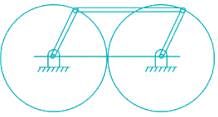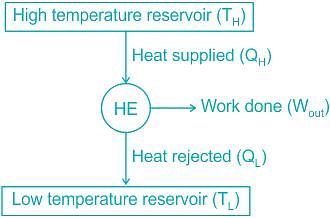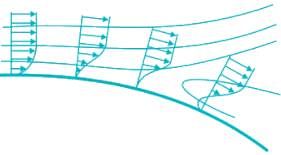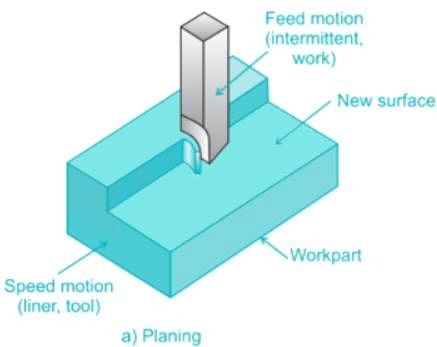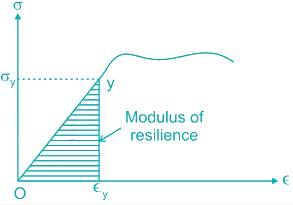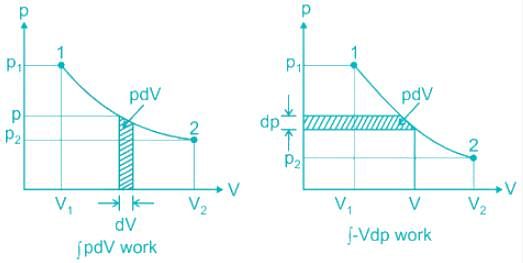UPSSSC JE Mechanical Paper 2 Mock Test - 1 - Mechanical Engineering MCQ
30 Questions MCQ Test UPSSSC JE Mechanical Mock Test Series 2024 - UPSSSC JE Mechanical Paper 2 Mock Test - 1
Which drill produces broken chips instead of long coils?
The adiabatic bulk elasticity depends on
| 1 Crore+ students have signed up on EduRev. Have you? Download the App |
If the time delay of relay with TMS setting 0.1 is 10 second then what is the time delay whenthe TMS setting is changed to 0.5
The condition for a reversible cyclic process is
The performance of Boiler is measured by:
If the opposite links of a four-bar linkage are equal, the links will always form a
Properties of substances like pressure, temperature, and density, in thermodynamic coordinates are _____.
What is the possible minimum number of links required in the planar mechanism of a single degree of freedom which has both higher and lower kinetic pairs?
Collapsible toothpaste tubes are manufactured by
What is the maximum possible theoretical efficiency of a heat engine operating with a hot reservoir of gases at 2127°C, when the cooling water available is at 27°C?
If a body is moving with the same acceleration, its velocity-
Separation of flow occurs when pressure gradient:
Mathematical expression for Modulus of Resilience is_______. (E is Young’s Modulus, ϵ is strain)
The working pressure of Cornish boiler is _______ Stirling boiler
If a capillary of diameter 4 × 10-6 m is used, determine the capillary rise in water (σw = 0.07N/m, g = 10 m/s2).
The angle of inclination of the plane at which the body begin to move down the plane is called
The ratio between Oxygen and Acetylene gases for neutral flame in gas welding is
The smallest particle of an element is-
Which one of the following laws is not applicable for a simple pendulum?
Two forces P each are acting at a point. The angle between the forces is 120°. The resultant force is given by
The gear train usually employed in clocks is
The bending moment on a section is maximum where shear force is
The center of gravity of a uniform lamina lies at


